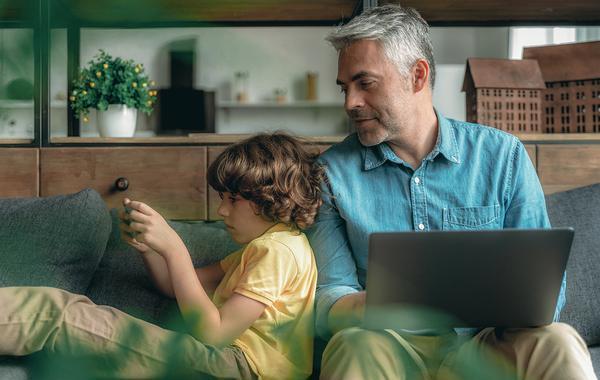Every parent knows that with some toys, you either have to restrict how often they’re used, or take them away entirely, sometimes permanently. It’s true of iOS devices as much as video game consoles or other complicated toys. There are less draconian ways to keep kids’ device use under control, and they begin with device-issued parental controls. If you need to restrict or block an app, here’s how you can take care of it.
Educate Your Children
Safety and security depend heavily on what people do on their own, and this is as true of children as adults. Don’t just unilaterally set the rules and make the reasons behind them “because I say so.” Walk your kids through your concerns, the possible risks they face with certain apps or the user base behind them, and your reasons for putting the rules in place.
This won’t ensure that they never break the rules; kids will be kids. But if they understand the rules, and also understand that they can come and ask you if they can have an app and get an honest answer in return, this will reduce their inclination to break the rules just to break them.
Configure the Device
Every iOS device ships with a few tools and settings you can configure. You set a passcode and what aspects of the device you want this to apply to, such as installing or uninstalling apps, whether in-app purchases are allowed, and whether the phone is allowed to open specific apps.
Apple’s made a few decisions that may frustrate parents, however. First, this is a separate app entirely, not features integrated into the operating system. This makes the app vulnerable in a shockingly basic way; kids can just delete it off the phone, and all the settings and controls it implements go with it. Secondly, passcodes aren’t ideal protection methods, since anybody can guess at a passcode.

Use Additional Parental Control Apps
Back up Apple’s tools with a few of your own. Parental control apps offer more options, such as being able to “instant pause” a device, set a schedule for when a device can be used, and completely ban apps. Furthermore, their security is more robust than Apple’s, and they add an extra obstacle to breaking the rules; even if kids guess one passcode, they’ll have to be lucky twice.
Parental control apps are particularly useful because the best ones are flexible with your rules and your family. If you’ve got a preteen and a teenager, they’re going to have to use their devices in different ways, so you can set each up each device to fit their specific needs and your rules.
Similarly, more and more schools are using “bring your own device” policies for classwork. Many ask kids to use their devices to do homework, so you may find the school year affecting your priorities. As your kids grow, your rules and systems can grow with them, so that you can give them new privileges or shift the rules as they demonstrate increased maturity.
Ensuring your family has a healthy relationship with screens allows you to build a stronger family and sets kids up for success in the future. To learn how the Screen Time parental control app can help, we invite you to try it for free!


Join the conversation